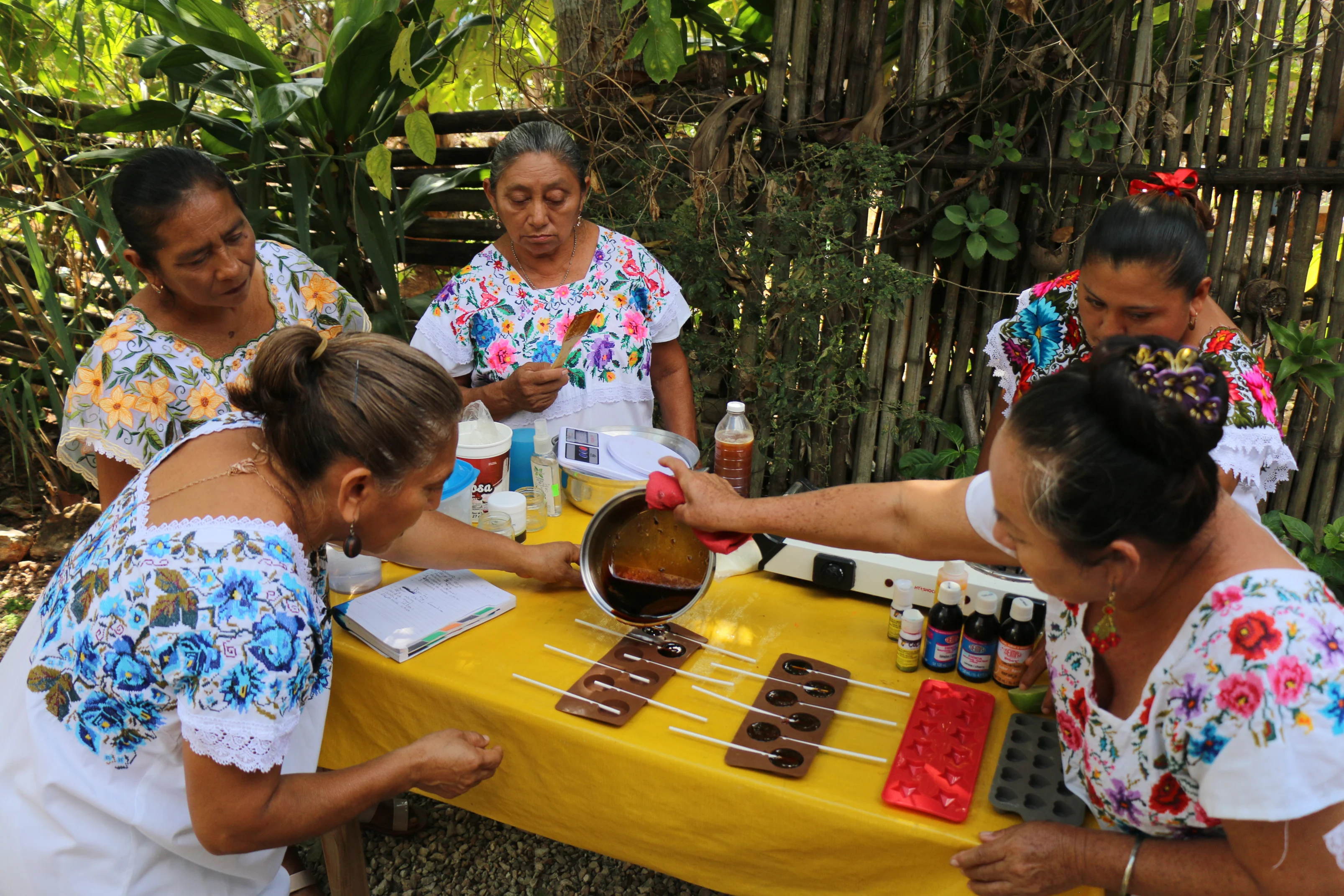
New York, 15 October 2024 – To mark the International Day of Rural Women on October 15th, the United Nations Development Programme (UNDP) will launch a new report outlining best practices for mainstreaming gender in climate mitigation programmes at the subnational level, entitled “Gender, Front & Centre: Best Practices from the Governors’ Climate & Forest Task Force”.
The report highlights the gender outcomes from Phase Two (2021-2023) of UNDP’s technical assistance to the Governors’ Climate & Forests Task Force. This phase aimed to design and implement climate, forest, and land-use policies and actions that ensure equitable involvement and benefits for rural women, men, and forest-dependent communities.
The new report builds on the 2022 publication “End of Business as Usual: Mainstreaming Gender in Jurisdictional REDD+ Approaches”, which covered the gender results from Phase One (2018-2020) of UNDP’s technical assistance to the Governors’ Climate & Forests Task Force and highlighted the emerging best practices and lessons.
Phase Two provided an opportunity to integrate the lessons from Phase One to refine UNDP’s technical support and the gender approach in five innovative jurisdictions: West Kalimantan (Indonesia), Pará (Brazil), Pastaza (Ecuador), and Jalisco and Yucatán (Mexico).
The report highlights five key findings:
Effective gender-responsive project design can lead to impactful gender equality results: Early investments proved successful, as jurisdictions reported higher levels of women's participation - both in quantity and quality - along with greater recognition of their roles and agency. Notable outcomes for women included securing property titles and receiving priority access to financial incentives.
When it comes to gender data, quality, quantity, and frequency matter: The quantity of data significantly increased from Phase One to Phase Two, giving jurisdictions, partners, and UNDP a valuable overview of participation and results. The quality of data, such as perception surveys, gave valuable insights into how participants felt about activities, meaning that project staff could respond quickly to challenges and make corrections that meant activities were more inclusive of women and men. The frequency of data collection ensured project staff could be agile and respond to unmet targets quickly, increasing the likelihood of meeting them at the end of the grant.
Innovation to overcome gender barriers is needed – and doable: Jurisdictions built on their earlier best practices in Phase One to ensure a larger group of women were being included and their perspectives heard and taken into account, particularly from marginalized groups.
Women's empowerment means recognizing, valuing, and elevating them as leaders, producers, and equal partners: Jurisdictions went beyond the ‘lowest hanging fruit’ when undertaking gender activities, seeing women not just as project beneficiaries or participants, but rather as project partners and collaborators with valuable inputs and expertise. These efforts included promoting women in leadership positions and incorporating their needs and perspectives within project activities and training.
Embedding gender equality in institutions, laws, policies is a key step in changing outcomes for women and men: While there is more work to be done, jurisdictions successfully embedded gender considerations into key state strategies and regulations. This approach strengthens programs by ensuring both women and men are recognized as agents of change.
“This report shows that investing in gender equality as among strategic priorities early on leads to better results later – more sustainable; more inclusive, community-driven and -owned; and altogether more transformative. Packed with practical examples for gender-responsive action that other countries can borrow, this report offers key recommendations that donors and policymakers should take note of, too.” Cate Owren, Senior Advisor on Gender Equality, UNDP
The report also serves as a valuable toolkit for policymakers and practitioners. It provides concrete examples of the best practices adopted by jurisdictions and includes many of the tools and templates used. These include checklists for gender-responsive meetings and events, templates for collecting gender data and monitoring effective participation beyond headcounts, as well as sample surveys for effectively measuring the perceptions of women and men within trainings and documenting such results. These tools help put gender theory into practice in project settings.
This work is funded by the Government of Norway, whose pledge of NOK 200M (approximately USD 24M) to the Governors’ Climate & Forests Task Force (GCF Task Force) in 2015 has supported the state and province members to undertake planning, investment, and implementation activities to address the drivers of deforestation. The pledge represented the largest single contribution to subnational governments for climate action.
UNDP is honoured to have supported the full implementation of this pledge and provided technical assistance to the 35 states, provinces, and regions to develop and implement inclusive policies for climate and forests or low-emissions development. As a result, jurisdiction members have significant capacity at the subnational level to access climate finance at domestic and international levels and integrate gender and social inclusion efforts in the process.
The report is available in English, with Spanish, Portuguese, French, and Indonesian to follow shortly.
